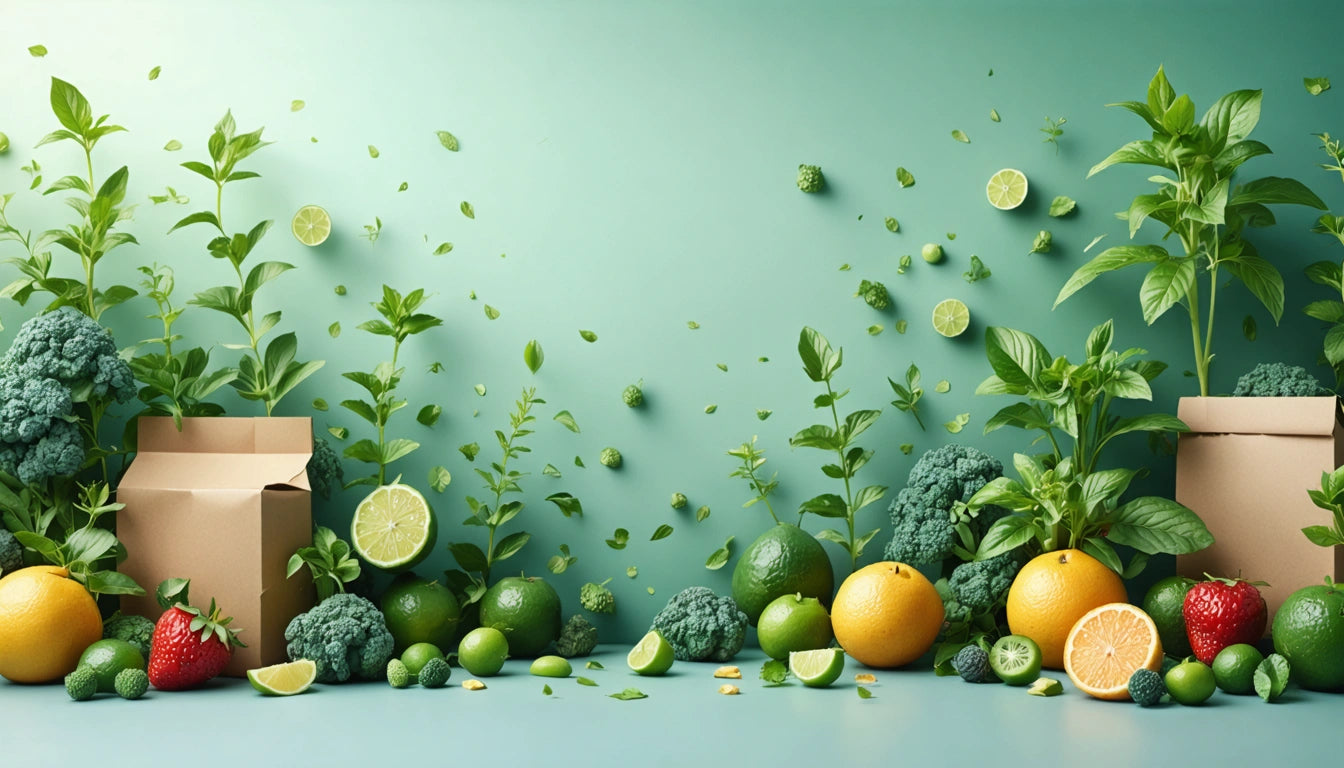Table of Contents
The cannabis edibles market continues to evolve rapidly, with packaging innovations playing a crucial role in product quality, compliance, and consumer experience. Smart packaging technologies are revolutionizing how brands monitor freshness and help consumers track dosage, addressing key challenges in the edibles segment.
Evolution of Cannabis Edible Packaging
Cannabis edible packaging has transformed from simple containers to sophisticated systems that protect product integrity while meeting strict regulatory requirements. Traditional packaging focused primarily on opacity requirements and child-resistance, but today's solutions incorporate advanced technologies that actively monitor and communicate product status.
The shift toward smarter packaging stems from several market drivers:
- Increasing consumer demand for freshness assurance
- Regulatory pressure for precise dosage information
- Brand differentiation in crowded marketplaces
- Extended distribution chains requiring better preservation
These factors have accelerated innovation in what was once a purely functional category.
Smart Packaging Technologies for Cannabis Edibles
Smart packaging for cannabis edibles falls into two primary categories: active packaging that interacts with the product and intelligent packaging that communicates information.
Active Packaging Systems
Active packaging technologies interact directly with the product or its environment to extend shelf life and maintain quality. These include:
- Oxygen scavengers that remove oxygen from the package interior
- Moisture regulators that maintain optimal humidity levels
- Antimicrobial films that inhibit mold and bacteria growth
These technologies are particularly valuable for preserving freshness in products like gummies and baked goods, as outlined in shelf-life extension strategies.
Intelligent Packaging Features
Intelligent packaging communicates information about product status through:
- Time-temperature indicators showing exposure history
- QR codes linking to batch information and COAs
- NFC tags enabling smartphone interaction
- Color-changing indicators signaling freshness status
Freshness Monitoring Solutions
Freshness indicators provide crucial information about product viability, especially important for edibles with specific temperature or humidity requirements.
Time-Temperature Indicators (TTIs)
TTIs use chemical reactions to visually display a product's temperature history. These indicators change color when products have been exposed to temperatures outside acceptable ranges, alerting consumers to potential quality issues before consumption.
For products requiring cold chain distribution, these indicators are invaluable. As discussed in cold chain packaging materials, maintaining temperature integrity throughout distribution is critical for certain edible formulations.
Humidity and Freshness Sensors
Electronic sensors embedded in packaging can monitor humidity levels inside sealed containers. These sensors can transmit data to smartphones via Bluetooth or NFC, allowing consumers to check product freshness before opening.
Some innovative brands are exploring partnerships with technology providers to create custom solutions for their specific products, similar to how companies work with specialized packaging suppliers for custom solutions in other cannabis categories.
Dosage Tracking Innovations
Accurate dosing remains one of the biggest challenges for cannabis edible consumers. Smart packaging addresses this through several innovative approaches.
Digital Dosage Counters
Some advanced packaging incorporates digital counters that track how many pieces have been consumed. These systems can be particularly valuable for multi-dose products like chocolates or mints, helping consumers avoid accidental overconsumption.
Mobile Integration for Consumption Logging
QR codes and NFC tags on packaging can link to mobile applications that allow users to log consumption and track effects. These apps can provide dosage recommendations based on previous experiences and help consumers find their optimal dose.
These technologies complement the clear dosage labeling requirements already mandated in most markets, adding an interactive layer to static information.
Compliance and Safety Benefits
Smart packaging offers significant advantages for both regulatory compliance and consumer safety.
Enhanced Child-Resistance Verification
Some smart packaging systems include electronic verification of proper closure, ensuring child-resistant features are properly engaged. This adds an additional safety layer beyond traditional child-resistant mechanisms.
Tamper Evidence Monitoring
Digital tamper evidence features can alert consumers if a package has been opened before purchase. These technologies go beyond traditional tamper-evident features by providing active notification rather than passive indicators.
Batch Tracking and Recall Management
Smart packaging enables precise tracking of individual units, making recall management more efficient. If quality issues are identified, manufacturers can send notifications directly to affected consumers through connected packaging.
Implementation Challenges and Solutions
Despite their benefits, smart packaging technologies face several implementation hurdles.
Cost Considerations
Smart packaging typically costs more than conventional options, requiring brands to balance innovation with affordability. However, economies of scale are gradually reducing costs as adoption increases.
Regulatory Approval Processes
New packaging technologies must navigate complex regulatory approval processes. Working with experienced packaging partners who understand regulatory trends can streamline this process.
Consumer Education Needs
For smart packaging to deliver maximum value, consumers need to understand how to interact with it. Clear instructions and intuitive interfaces are essential for successful implementation.
The Future of Smart Edible Packaging
The trajectory of smart packaging for cannabis edibles points toward increasingly sophisticated and integrated systems. Emerging technologies include biodegradable electronic components that address sustainability concerns while delivering smart functionality.
Blockchain integration for verification of product authenticity and AI-powered recommendation systems based on consumption data represent the next frontier. As these technologies mature, they promise to transform not just how products are packaged, but how consumers interact with and experience cannabis edibles.
For brands looking to stay ahead of the curve, investing in smart packaging technologies offers a pathway to differentiation in an increasingly competitive market while simultaneously addressing core consumer concerns around dosage accuracy and product freshness.











Leave a comment
All comments are moderated before being published.
This site is protected by hCaptcha and the hCaptcha Privacy Policy and Terms of Service apply.